Vein pathologies affect people of different age categories, including young people. Therefore, the question naturally arises: is it possible to do sports with varicose veins? Are there limits to how dangerous calf muscle loads can be?
Is sport dangerous for varicose veins?
The idea that if you have vein disease, you cannot engage in physical activity is wrong. There are disciplines that have a beneficial effect on the condition of blood vessels. Moderate exercise is indicated in different stages of the disease. Under the supervision of a doctor, they deal with even a complex form of pathology.
The answer to the question of whether it is possible to actively engage in sports with varicose veins can only be given by a phlebologist. After analyzing all the data about the person's physical condition, the expert will explain which disciplines to prioritize and which to avoid. Training helps:
- normalize lymph flow;
- strengthen the body;
- normalize blood circulation;
- strengthen the vein walls.
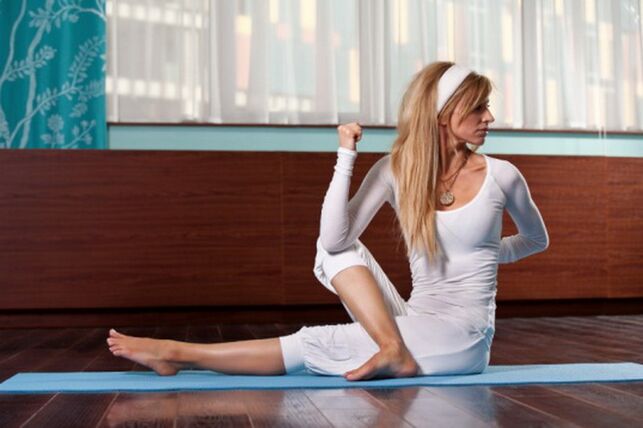
When choosing a sport, they take into account that in case of illness it is difficult to strain or relax a certain muscle group. Properly chosen discipline allows you to normalize blood circulation. This leads to an improvement in the condition of blood vessels, reducing the manifestations of pathology.
Recommendations for training in vein disease
In order to properly combine varicose veins and sports, it is important to take into account the advice of experts. They will make efforts more productive and avoid complications.
Here are their recommendations:
- in a standing position, the greatest load occurs on the legs;
- the best option - "sitting" and "lying" classes;
- for heart muscle training, preference is given to a rowing or horizontal exercise bike;
- in the classroom it is necessary to perform an elastic bandage of the legs;
- the muscle group of the upper body is not limited in loads;
- drinking lots of water is good for the blood.
Whichever sport a person chooses, the load on the calf muscles should be moderate.
Load selection
Despite the fact that fitness and varicose veins are successfully combined, it is necessary to choose sports loads taking into account the individual characteristics of the body. The disease leads to stagnation of blood, formation of knots in vessels, torsion of veins. Intense exercise can be harmful, lead to irreversible consequences.
Water
Sports activities are accompanied by profuse sweating. It is necessary to compensate for the loss of fluid in the body. Since blood clotting is especially dangerous in vein pathology. This leads to poor circulation, stagnation and the appearance of blood clots. Drinking a lot of water replenishes the water content in the tissue cells, making the blood more liquid. As a result, the heart muscle and valves work with less stress, blood circulation in the vessels is accelerated.
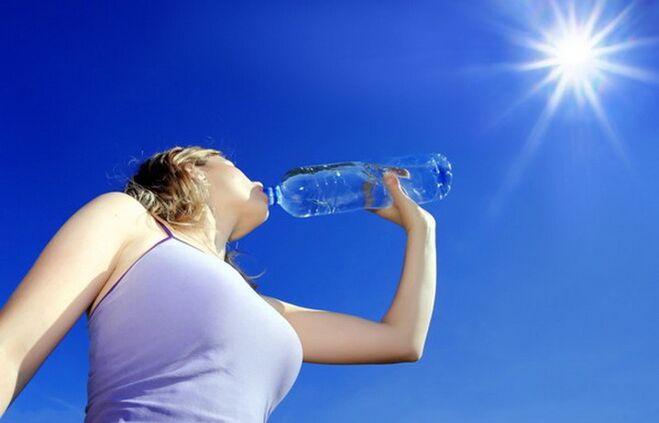
Appropriate clothing
Sports with varicose veins are best done in special clothes. There are special types of ammunition on sale designed to keep muscles in shape. They reduce leg effort, properly distribute the pressure on the lower leg muscles.
Compression socks (socks, stockings, tights) not only help well in training, but are also suitable in everyday life. Regular use of overalls in combination with the main therapy repairs the walls of blood vessels, speeds up recovery.
What sport to do when you are sick
Sports that are useful for varicose veins:
- Aqua aerobics and swimming.
- Cycling is good for strengthening leg muscles, because you have to work in a constant rhythm.
- Walking in comfortable shoes strengthens blood vessels.
- Golf. During the competition, athletes are constantly moving in the fresh air, which has a beneficial effect on health.
Which sports can be practiced with vein pathology will be discussed further.
water sports
The recommended sport for varicose veins is swimming. Classes in warm water reduce the load on blood vessels, tighten muscles, and strengthen vein walls. Water has a good effect on the veins. Classes in the water are allowed even in severe stages of varicose veins.
Yoga
Yoga Pilates is allowed when you are sick. Such exercises are performed in a static position and are indicated for vein diseases. During the lesson, it is necessary to follow the correct performance, to control breathing.
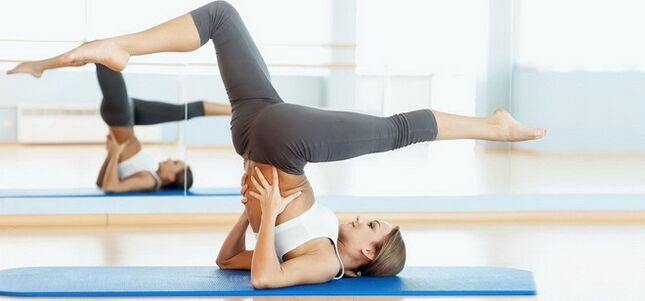
Therefore, it is undesirable to practice yoga independently. An experienced master follows the correct setting, helps you relax, works on the right muscles.
Allowed with restrictions
You can find out from a phlebologist what sports you can do with restrictions for varicose veins. Experts advise:
- running at the intensity agreed with the doctor;
- fitness is useful in the initial stage of the disease;
- Machines designed for recumbent training;
- dance classes (with the exception of the jumping elements) are good for the legs.
Run
Running at a moderate pace is useful in pathology. During classes, the heart beats faster, the heart muscles work more actively, blood circulates faster. The valves in the veins of the legs begin to work more intensively, the congestion is eliminated. It is important to choose the right shoes for running - orthopedic insoles and comfortable tennis shoes reduce the load on the calf muscles.
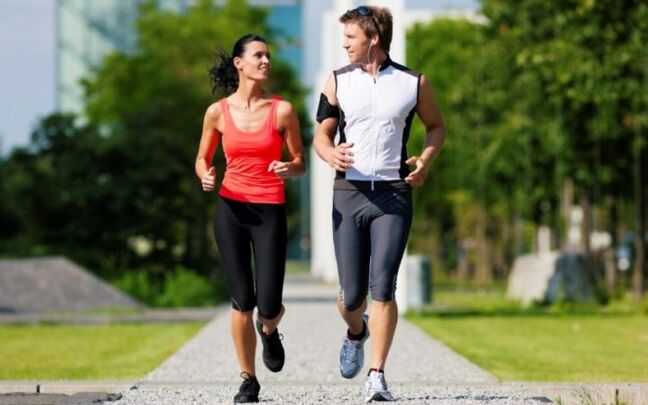
The duration and pace of running is determined by the doctor based on the patient's health condition.
Walking
Walking is acceptable and accessible for varicose veins. Walking is done outdoors in comfortable shoes. It is good to wear compression clothes before walking. The pace should be moderate, it can be alternated with short runs. Walking on the spot is indicated in the later stages of the disease.
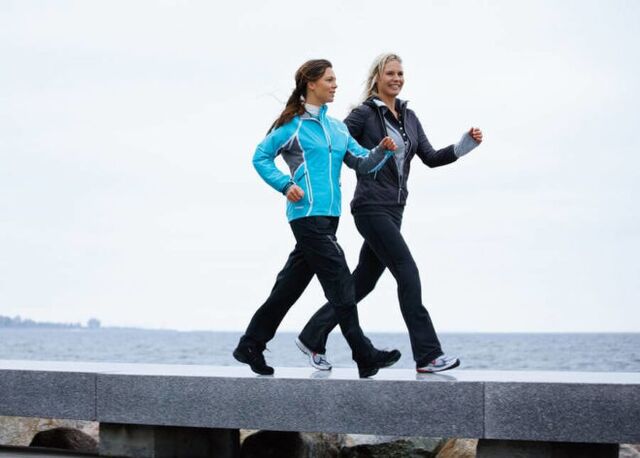
Improper exercises and load
Varicose veins in athletes occur when performing strength disciplines, types that require increased load on the legs when they refuse to wear overalls.
About jumps and squats
With caution, you must jump and crouch. In an advanced stage of the disease, such exercises should not be practiced. In the early stage, the actions are performed in a slow rhythm, without an amplifier.
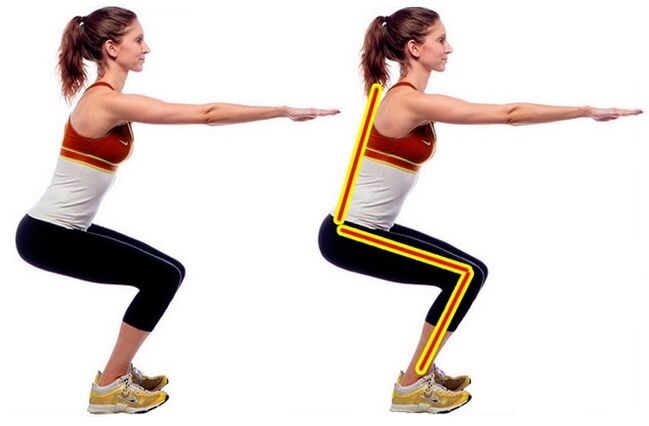
During classes, the condition of the veins should be constantly monitored. As soon as deterioration is detected, classes are stopped immediately. The patient should seek advice.
Squats can be practiced as long as they are done shallow.
Anaerobic load
Anaerobic activities include physical activity that causes a lack of oxygen. Strength training, working with kettlebells and bars, powerlifting and bodybuilding, cycling, timed running are contraindicated sports for vein pathology. In conditions of lack of oxygen in the body, processes are activated that help to fill the lack of air - the heart beats faster, the pressure rises. This condition is dangerous for problematic veins, because it causes thrombosis, bleeding.
Classes with anaerobic load are allowed in the early stage of the disease under the following conditions:
- using compression garments or wrapping the legs with elastic bandages;
- reduced teaching time;
- to drink a lot of water.
Exercise equipment and varicose veins
It is necessary to work on simulators with varicose veins after coordinating the load with a phlebologist. The main rule is minimal load on the legs.
Strength training is appropriate in the initial stage of the disease, provided that it is performed in a horizontal position. This reduces the load on the legs, the load on the muscles of the upper body can be chosen as desired.
A good alternative to jogging and cycling is working on simulators. You can't run or ride a bike with varicose veins. Modern models regulate the load, control the pulse, monitor the pressure, the condition of the calf muscles. An exercise bike with back support makes the load on the leg muscles more gentle, as the center of gravity shifts to the back.
Fitness and gymnastics
Classes with low physical effort with varicose veins are allowed according to the rules:
- during training, wrap your legs with an elastic bandage or wear compression clothing;
- avoid shock loads, strength exercises;
- perform movements correctly;
- monitor the condition of blood vessels.
With the appearance of spider veins, a feeling of heaviness, you should immediately seek advice from a phlebologist.
What to do after training
During sports, the movement of blood accelerates, the lower leg muscles are warmed up. They should be rested immediately after training. It is good to lie on your back, placing your legs above the level of your body. This will help you relax, move blood to your heart and restore your breathing.
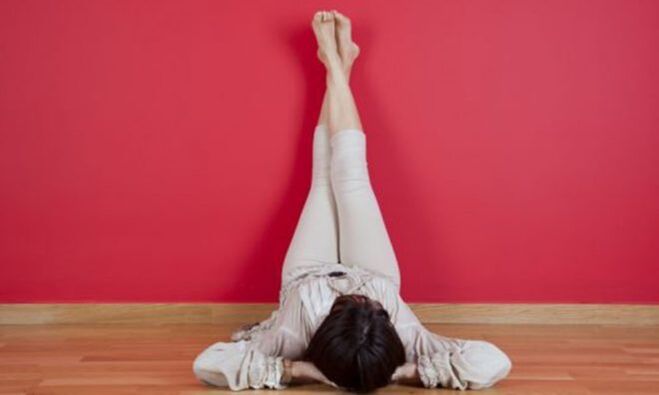
Contraindications for sports
Professional sports are contraindicated for patients suffering from varicose veins. This is especially true for people after surgery to remove veins or nodes.
You cannot expose the body to heavy loads, avoid intensive running, cycling. Contraindications for sports - advanced form of the disease: obvious swelling of blood vessels, presence of nodes. Independent exercises can cause complications.
Prevention of varicose veins
Traditional medicine offers a wide range of ways to fight disease. For example, St. John's wort and ginger root strengthen the immune system, contribute to the normalization of blood circulation.
Prevention of varicose veins can be called quitting smoking, alcohol abuse. A long stay on high heels, abuse of hot baths and saunas has a bad effect on blood vessels.

















